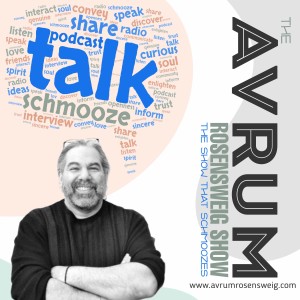

AGNON VS. SHAKESPEARE: A RIVETTING TALK WITH HOLLYWOOD WRITER, DAN GORDON & RABBI SHLOMO GEMARA (Audio)
Both Shai Agnon and William Shakespeare are celebrated literary figures, yet their works reflect distinctive cultural and historical contexts that shape their writing. Shakespeare, writing in Elizabethan England, is known for his exploration of universal themes such as love, power, and the human condition through complex characters and intricate plots, often employing poetic language and verse. His works, including tragedies like Hamlet and comedies like A Midsummer Night's Dream, delve deeply into psychological and social dynamics. On the other hand, Agnon, a 20th-century Israeli writer, blends modernist techniques with Jewish folklore and history, often using a more introspective, symbolic, and sometimes fragmented narrative style. Agnon's writing, such as in The Bridal Canopy, reflects a tension between tradition and modernity, exploring identity, memory, and the challenges of cultural assimilation. While Shakespeare’s influence spans a global literary tradition, Agnon’s work is more grounded in the context of Jewish identity and the specific challenges of life in early modern Israel. Both writers, however, share a commitment to portraying the complexities of human existence, using their respective cultural lenses to explore similar themes of love, morality, and existential struggle.
More Episodes
All Episodes>>Create Your Podcast In Minutes
- Full-featured podcast site
- Unlimited storage and bandwidth
- Comprehensive podcast stats
- Distribute to Apple Podcasts, Spotify, and more
- Make money with your podcast












